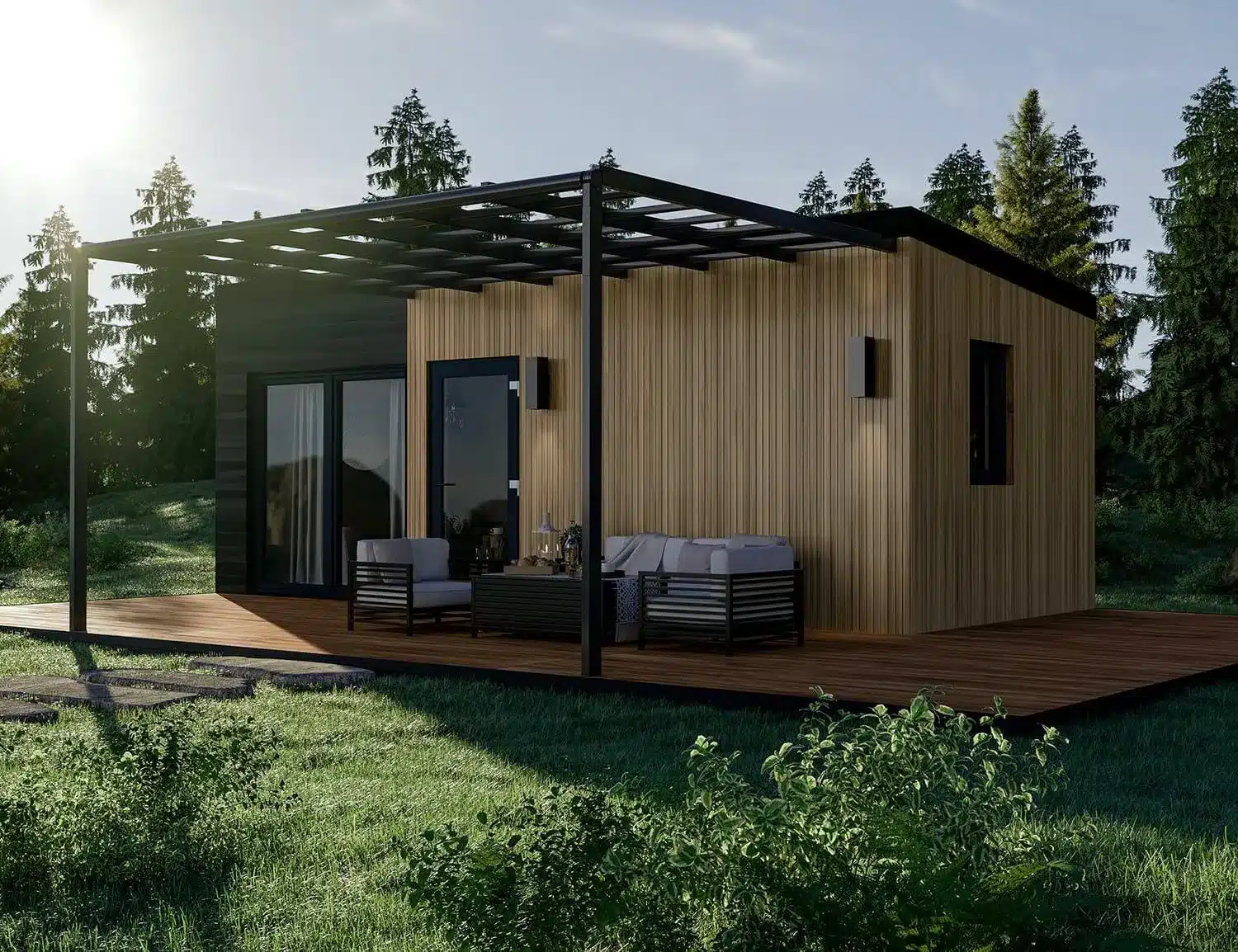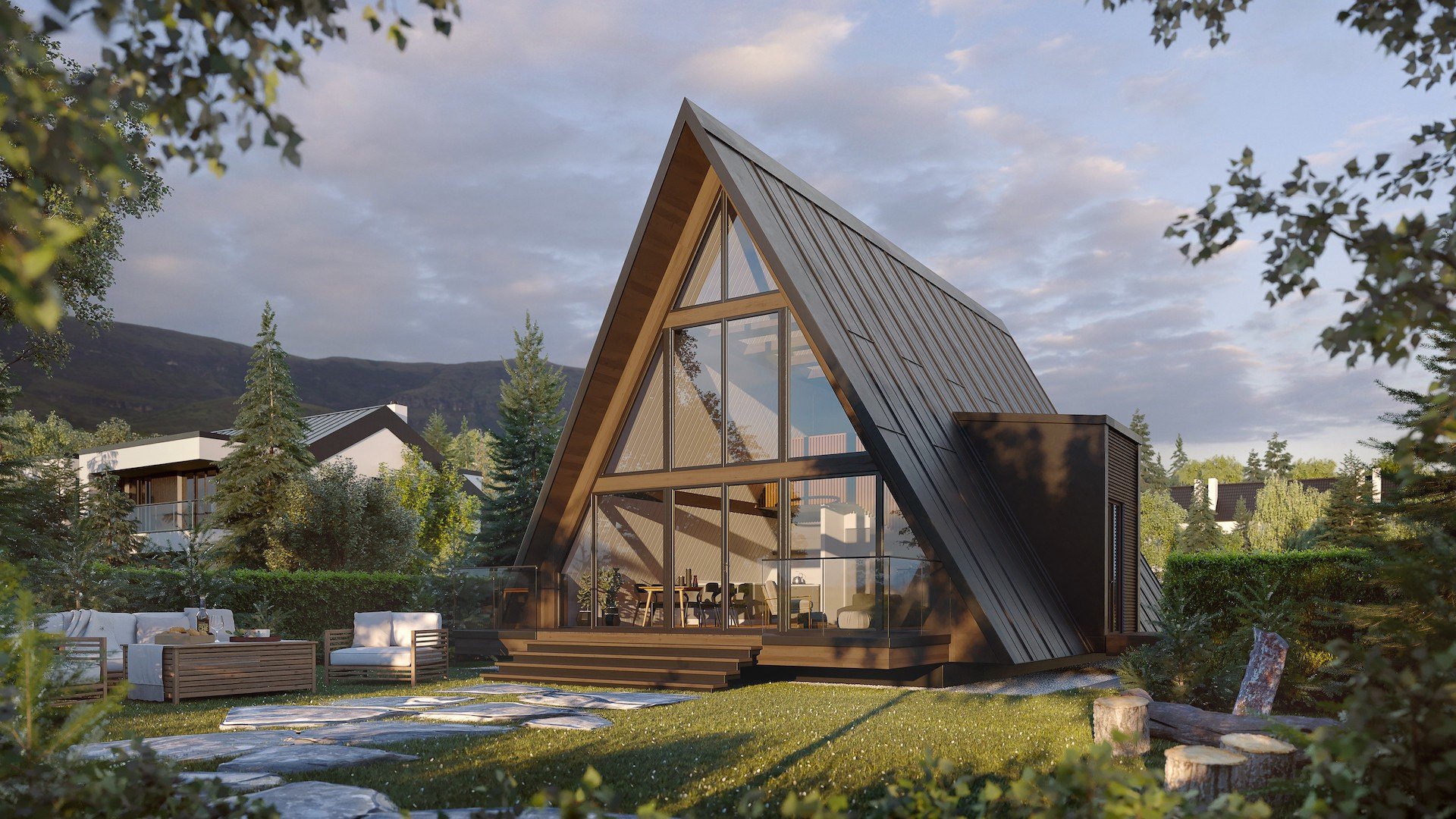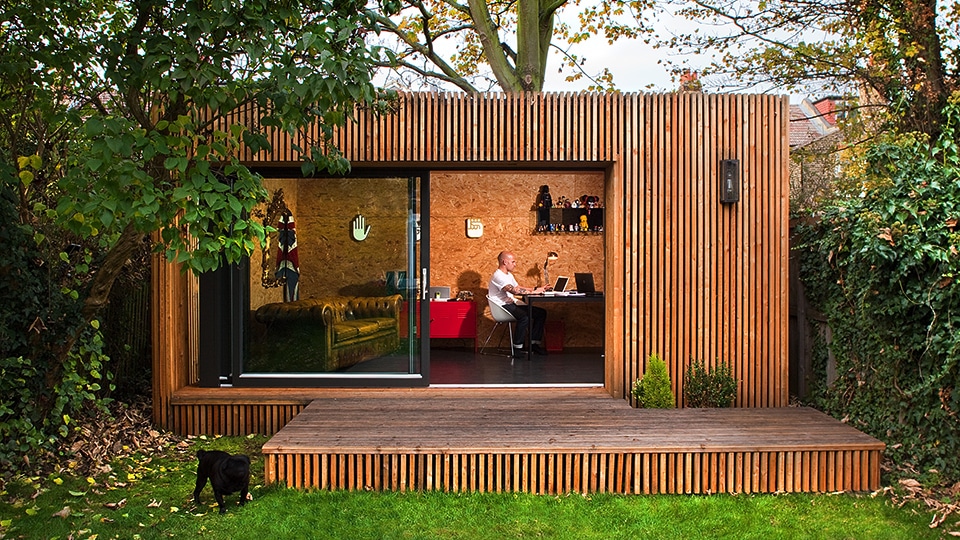The public view of hippy communes in the 60s placed them as alarmingly ‘out-there’ for most people. However, these days, ‘ordinary’ people from all walks of life are seeking more neighbourly collaboration, more affordable living through shared resources, and a positive connection to nature.
Furthermore, remote working now allows more people to work from home, reducing geographical tethering and increasing the desire to ‘lead the good life’ at home. Many early intentional communities had a purposefully anti-establishment or anarchistic feel to them, whereas most modern communities do not overtly express political identity. As a result, you may sense political trends in some communities, whilst most are not politically orientated at all.
There are many approaches to sustainable housebuilding, including co-living cooperatives, tiny houses, super-insulated houses, natural materials, prefabrication and mobile units and containers that can be moved as housing needs evolve. Intentional communities all have their own character and philosophy, varying in size, guiding design principles, and communal organisation. However, they all grew from a strong sense of vision and significant effort over several years and in some cases, decades.
Common themes in these communities include using the planet’s resources more efficiently, low carbon emissions, organic food, permaculture, waste reduction, and eco-friendly construction methods. Eco-communities usually offer individuals a supportive environment where like-minded individuals can express, explore and enjoy. Some eco-communities have aspects of spirituality and ceremony, celebrating nature, life and community through art and culture. Many
We’ll introduce you to a range of eco-communities here, some of which have been going for years, whilst others have been established more recently. These communities all have websites, many of which advertise courses, products and visitor experiences in order to share their vision and, in some cases, generate income. There are, of course, a great number of eco-villages out there that may be friendly enough but don’t particularly want unknown visitors, visibility, or to be seen as a formal organisation. If you go to visit eco-villages, it’s common to meet friendly folk from less publicised eco-villages nearby or people who can tell you about their experience of living in other eco-villages. And hey presto, your journey has begun!
So, let’s begin our tour……
Damanhur, Italy
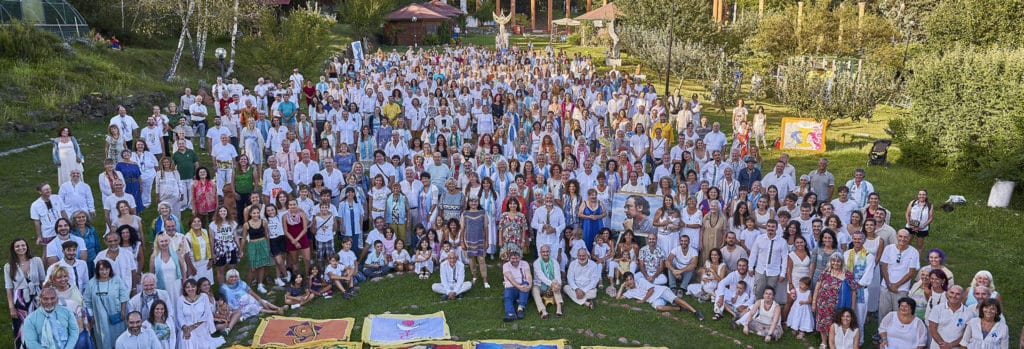
Damanhur, was established in the Italian Alps near Turin in 1975. It is well known amongst eco-villages for its extraordinary subterranean cathedral, which is known as the Temples of Humankind, which was entirely dug by hand into the heart of the mountain and decorated with mosaics, stained glass, sculptures and wall paintings. Damanhur and its stunning cathedral are dedicated to awakening the divine spark present in every human being, and of course, communal life here embodies that spirit. Damanhur has its own constitution, culture, art, music, currency, and schools. It invites visitors to come to visit via its website and is a fascinating example of a long-established visionary community that well-organised, lively, open and thoroughly successful at doing things its own way.
Findhorn, Scotland
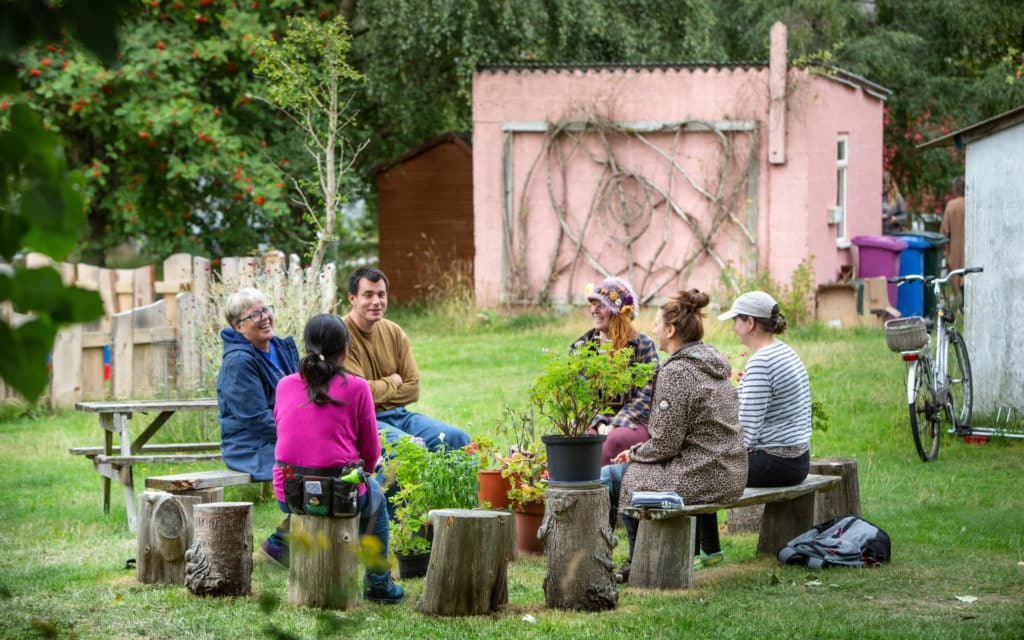
The eco-community at Findhorn was established back in 1962 by a family who had begun to grow vegetables, finding that over the years, more people joined them, bringing their vision and ideas. Collectively, Findhorn grew to be known as one of the best-established and well-organised eco-villages in the world. They welcome visitors to participate in their ‘experience week’, to attend their permaculture and other courses, or bliss into their retreats, some of which take place on the nearby island of Erraid.
Tamera, Portugal
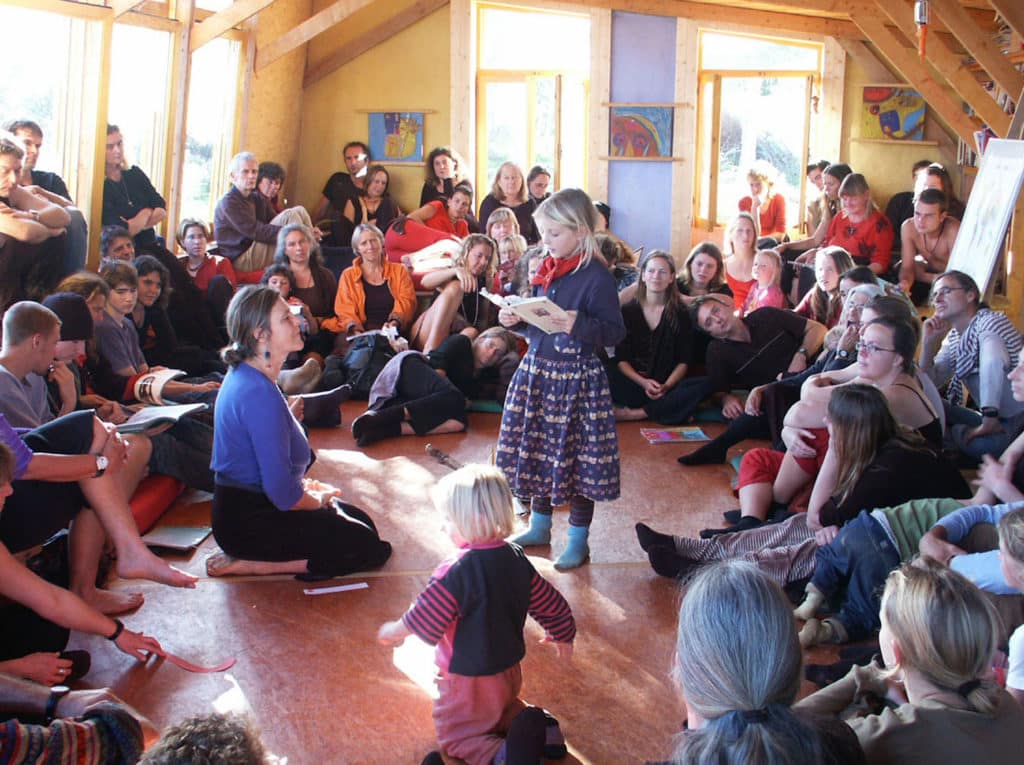
Tamera is another overtly educational community, offering courses online and onsite. Love, spirituality, ecology, and renewable energy are key themes in the courses they offer, along with the intention of working towards earth stewardship in a post-capitalistic world, a political expression that will attract some visitors and put others off, no doubt. From mid-April to mid-November, they welcome visitors to come for courses or a week-long experience of life at Tamera.
Lammas, Wales
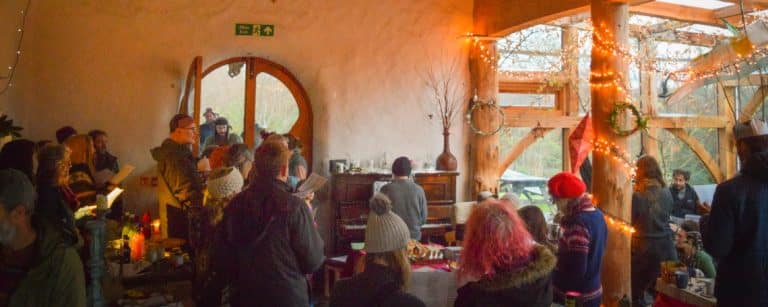
The Lammas Ecovillage is a collective of nine eco-houses and a community hub in the rolling hills of South Wales. It was something of a trailblazer when it was established ten years ago because, under local planning conditions, the smallholders have to prove to the local council each year that they are achieving certain criteria regarding traffic generation, land-based productivity, and ecological footprinting. Whilst other villages evolved beneath the radar, Lammas was highly contested locally and nationally and is now well established as a lighthouse for other eco-communities in Wales. It’s an interesting and not untypical tale of persistence and togetherness despite local concerns about the unconventional nature of the community.
Sieben Linden, Germany
Yoga, permaculture and other courses relating to nature connection are central to life at Sieben Linden. This community was established 25 years ago, and continues to evolve, welcoming new residents through a process of progression of information day, then a more in-depth visit for one week, and then a 14-day visit. Each of these is designed to orientate you to the processes involved in community life. You can then apply for a one-year trial period. This carefully managed process reflects the critical importance and sensitivity of the dynamic social landscape in any ecovillage. Some are entirely closed, others evolve organically, and then, like Sieben Linden others develop a formal pathway for integration.
Lanxmeer, Holland
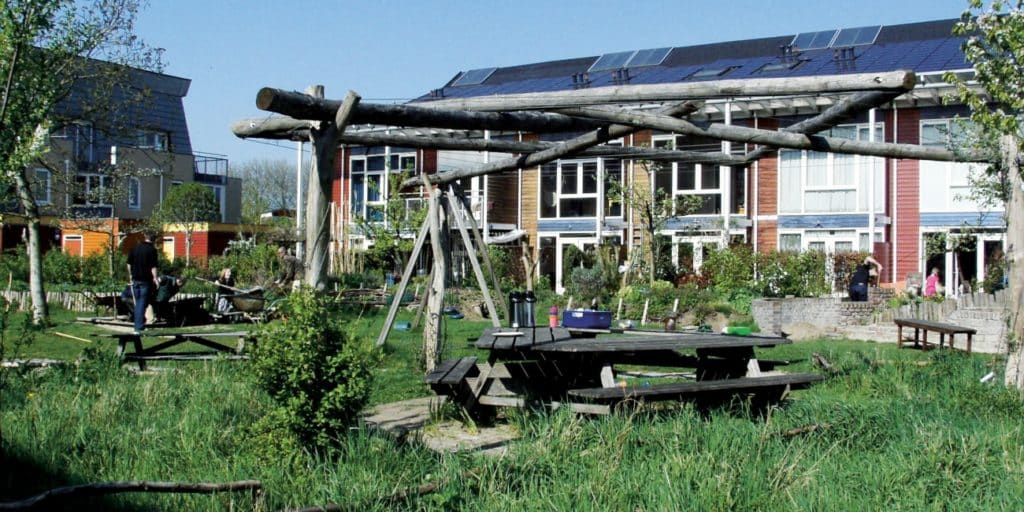
Lanxmeer is, in fact, a significant town district, having grown through determination in 2000 to develop 20 construction projects that include eco-friendly housing and public service provision such as office buildings, workspaces and a school. It claims to be the nicest neighbourhood in the world, with shared gardens and cars carefully managed so as not to dominate or impact communal space. Car parking and access are a particularly common theme amongst urban eco-villages due to the growing use of cars, together with the growing awareness that they are bad for the environment and dominate public space. This includes the demand for parking space vs. vegetable growing or other activities and the safety of open space for children to play or other leisure activities.
Svanholm, Denmark
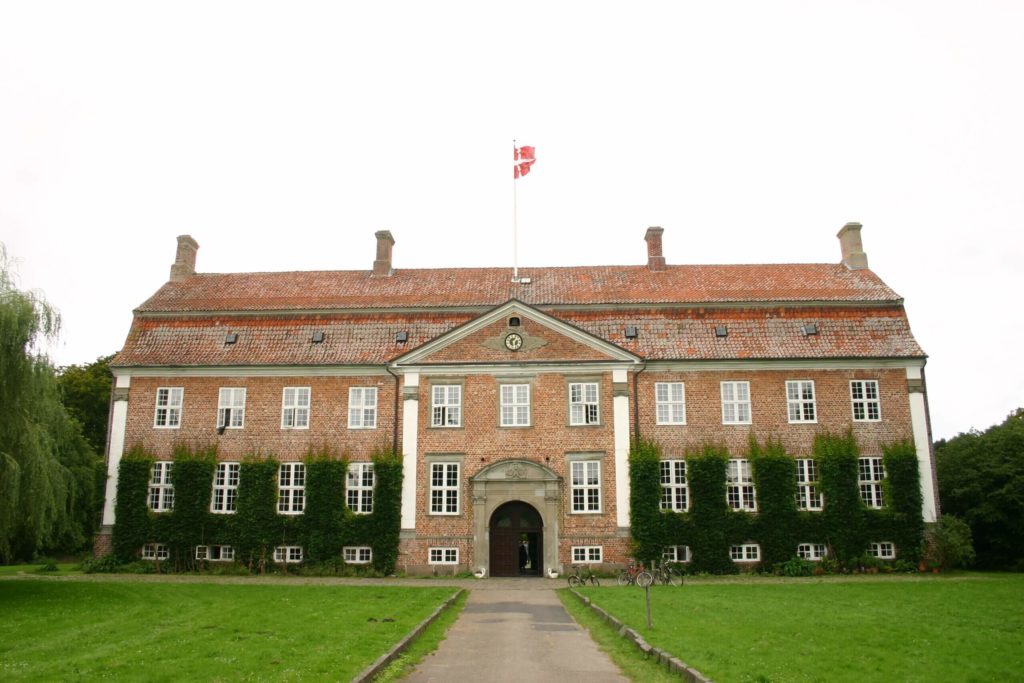
The Svanholm cohousing community was established in 1977 by two families that wanted to start a working and living community in the countryside together with others. They put out an advertisement that brought in 130 people, all interested in creating a large cohousing community with a shared economy, common dining, consensus-based decision-making, equality between professions, and between women, men, children and adults. They renovated a large 800-year-old stately home with land and developed village amenities and communal agriculture. Members of the public are welcome to visit the Svanholm village shop and cafe or to volunteer in return for food and lodging to experience life in the community.
Dyssekilde, Denmark

In the north of Sealand, Dyssekilde is one of the oldest eco-villages in Denmark. In the early 90’s, a vibrant community began to emerge, driven by a vision for deeper social connection, sustainability, and biodiversity.
Over the years, groups of houses grew around a shared communal space for working, eating and other day-to-day activities. The evolution of Dyssekilde has had a buoyant impact on the local town of Torup, which had been in decline as people have moved to the wider, as well as to the eco-village itself. Typically of an eco-village, the people who come live and work according to the values of local consumption, resilience and sustainable business. It is also fairly typical of co-village communities that whilst they generally aim to reduce consumption, they are often versatile and talented people who are able to create livelihoods and value for the local economy.
Herzfeld Sennrueti, Switzerland
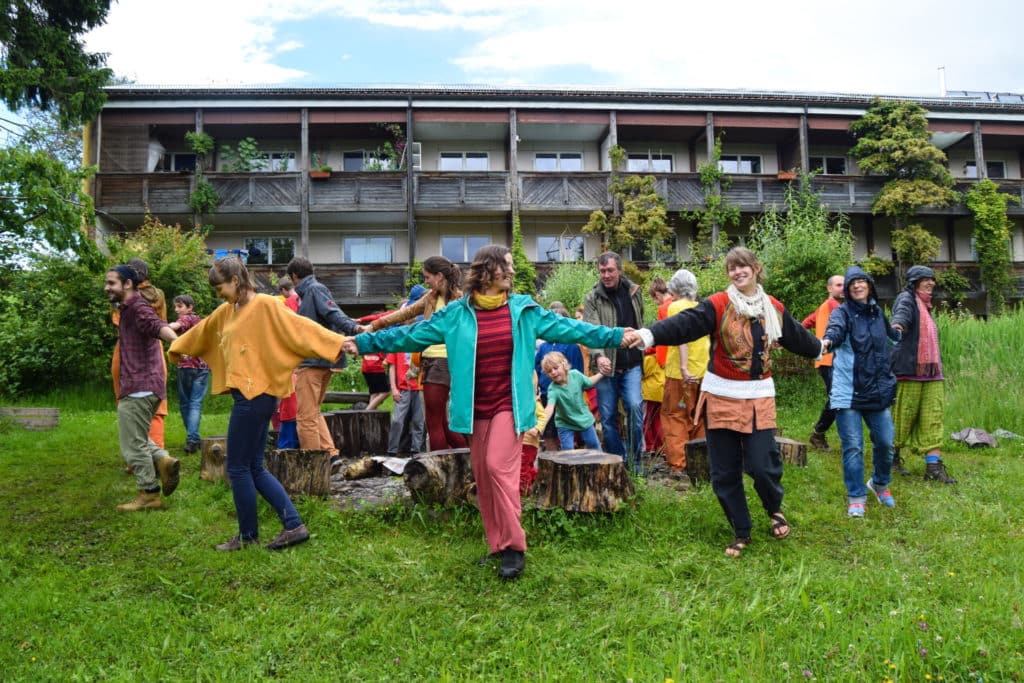
In 2009, the community bought and transformed an old infirmary, converting it into dwellings and communal space for the community. They used natural materials such as wood, straw, cork, wool, clay, sand and cellulose fibres. They installed solar thermal and photovoltaic panels and a rainwater collection system for flushing toilets and garden use. They manage organic waste to produce compost and charcoal for the permaculture garden. The community now consists of around 40 adults and 30 children. They welcome volunteers who can experience life in the community, working in exchange for food and basic yet comfortable accommodation.
Project Kamp, Portugal
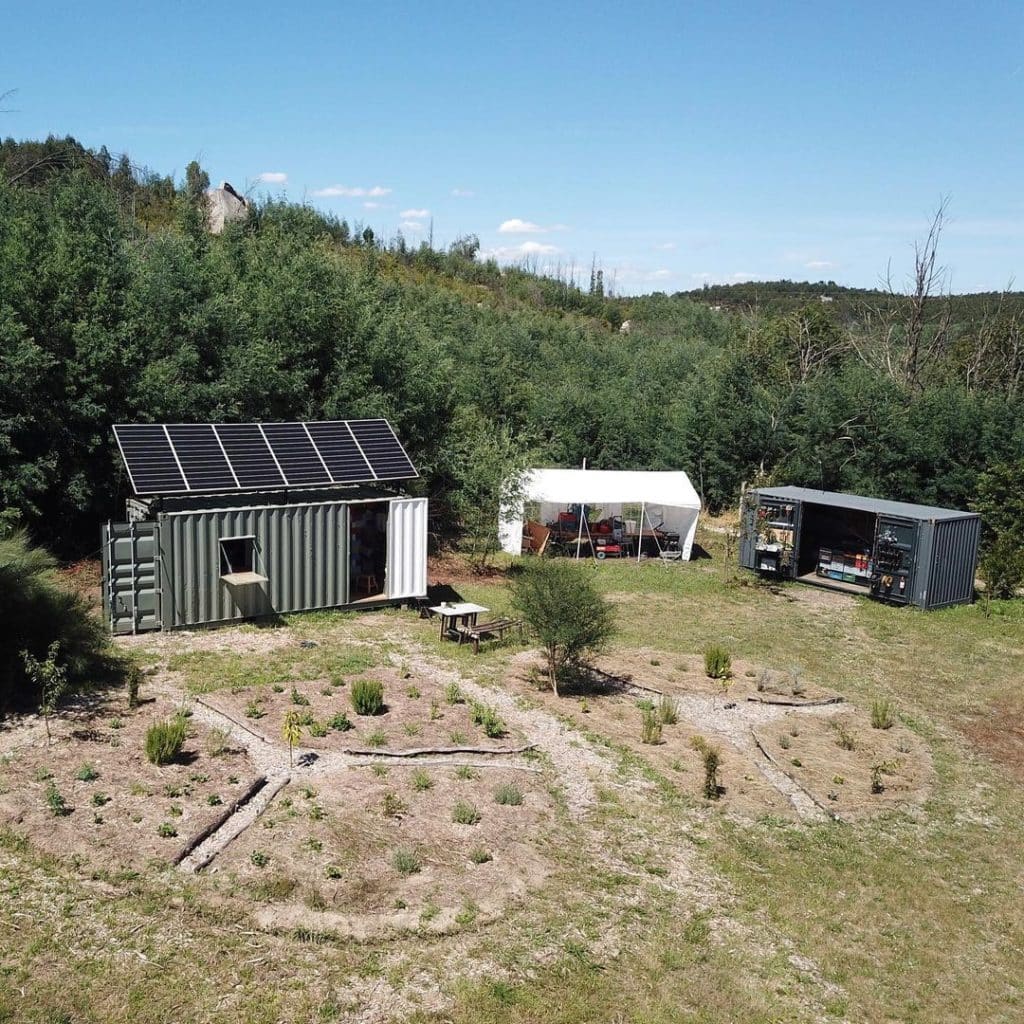
A few years in, the shell of an old building has been cleared of vegetation, and simple structures have been built to enable the vision to move forward with determination with each season. The small team here has a specific ask-list for volunteer skills and donations as they dream big and start to build. It’s a fresh and new community without the well-established infrastructure that others have. If you want to be a part of witnessing, nurturing and shaping a new community, this may work well for you. To Project Kamp
Pourgues, France
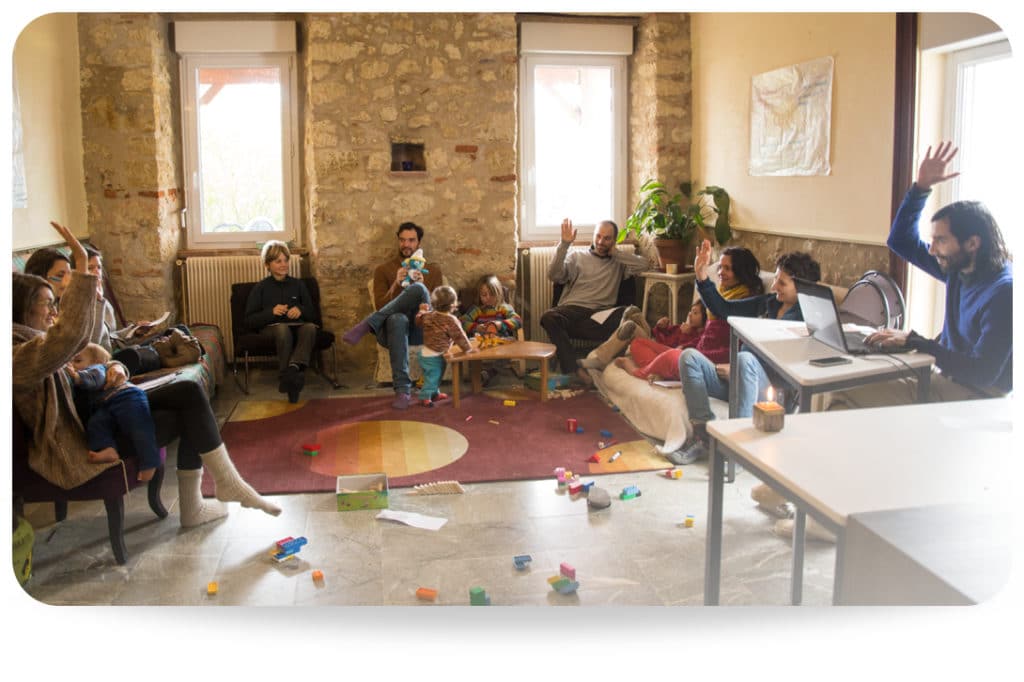
This ecovillage in Ariège has around 35 residents who live and work on 50 hectares of land and 1000 m2 of common buildings. They’ve been there for six years, brought together by a shared vision for nature-based education for their little ones. They have renovated and constructed eco-friendly buildings, stewarding natural habitats and establishing organic food production. They invite volunteers to stay, learn and contribute.
The Yard, England
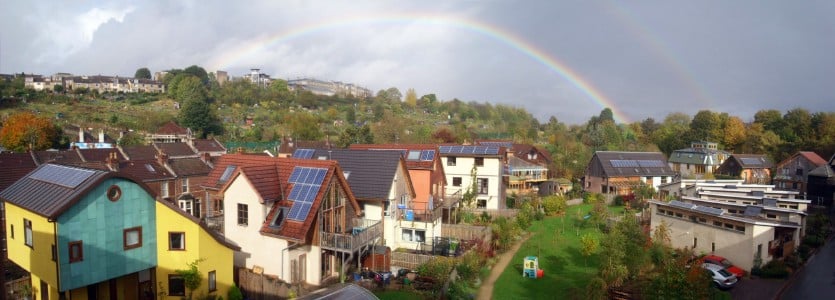
The Yard, is an urban eco-community in Bristol, England. A determined community group bought a disused commercial yard and worked together with the local council to achieve planning permission to develop this derelict land into a flourishing self-build community. The local area changed dramatically, with an influx of eco-friendly businesses and eco-minded people buying regular houses on the neighbouring streets. In this way, this classic ripple effect project has become a local jewel to the city of Bristol, particularly when they wish to exhibit the innovative and forward-thinking character of the city.
Go on a journey…
Every eco-community shows others that ‘it can be done’ and normalises the concept further for planning authorities and other town influencers. That being said, it still takes grit and determination over many years to bring together and establish a community. For each community that has succeeded, many have fallen by the wayside. No wonder, then, that the people who go through that process become lifelong friends if they make it through. Some people have that desire and inspiration to establish something new, whilst others are content to find a place for themselves by visiting established communities to see what feels right for them in terms of lifestyle, location, communal decision-making and all other aspects of communal life. As more people look to reconnect with community and nature, we see a diversity of communities emerging. Good luck finding your community!

